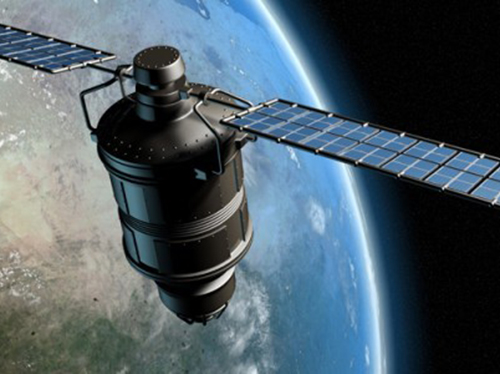UAE's KhalifaSat a more powerful earth imaging satellite
 Dubai, Dec 31 : KhalifaSat, the first satellite to be locally built in the United Arab Emirates (UAE), will be a more powerful tool to capture high-resolution images of the earth and more agile than its predecessors.
Dubai, Dec 31 : KhalifaSat, the first satellite to be locally built in the United Arab Emirates (UAE), will be a more powerful tool to capture high-resolution images of the earth and more agile than its predecessors.
"This is a big step for us. We've been working for the past years on really transferring this know-how and technology to UAE nationals," Salem Al Merri, assistant director-general for scientific and technical affairs at Emirates Institute of Advanced Science and Technology (EIAST), the Gulf News newspaper.
"This is a big step that we are able to develop advance space systems using our own people and doing it in the UAE," he added.
The new satellite was announced Sunday by Vice-President and Prime Minister of the UAE and Ruler of Dubai, Sheikh Mohammad bin Rashid Al Maktoum.
The satellite, to be built at EIAST, is a 100 percent Emirati-designed and built earth imaging satellite.
KhalifaSat is currently in the design phase and is scheduled for launch in 2017. It is the third UAE-owned satellite to be launched by EIAST, following the launch of DubaiSat1 in Kazakhstan in 2009 and DubaiSat2 in Russia just last month.
A team of 45 Emirati engineers will work on KhalifaSat, which will be slightly bigger than DubaiSat2 but weigh just less than 350 kg.
Al Merri said KhalifaSat would be able to take high-quality images of the UAE and other places down to a sub-metre resolution of 70 cm from an orbit of 600 km above earth.
Aside from the high-resolution imaging, Al Merri said they had increased the satellite's data downlink capacity to enable faster transmission of images.
"Also, it will have more agility in space, so we can move the satellite much faster in space and reach different targets," he said.
To build the KhalifaSat, EIAST's headquarters at Al Khwaneej in Dubai will be expanded to include a clean room facility complete with testing equipment such as thermal chambers, electrodynamic shakers, and other environmental testing facilities for satellite development.
The facility will be large enough to accommodate up to two-tonne projects and multiple projects at the same time.
Al Merri said construction of the facility would start "very soon" and would be completed by early 2015 in time for the development of the flight model of KhalifaSat.(IANS)